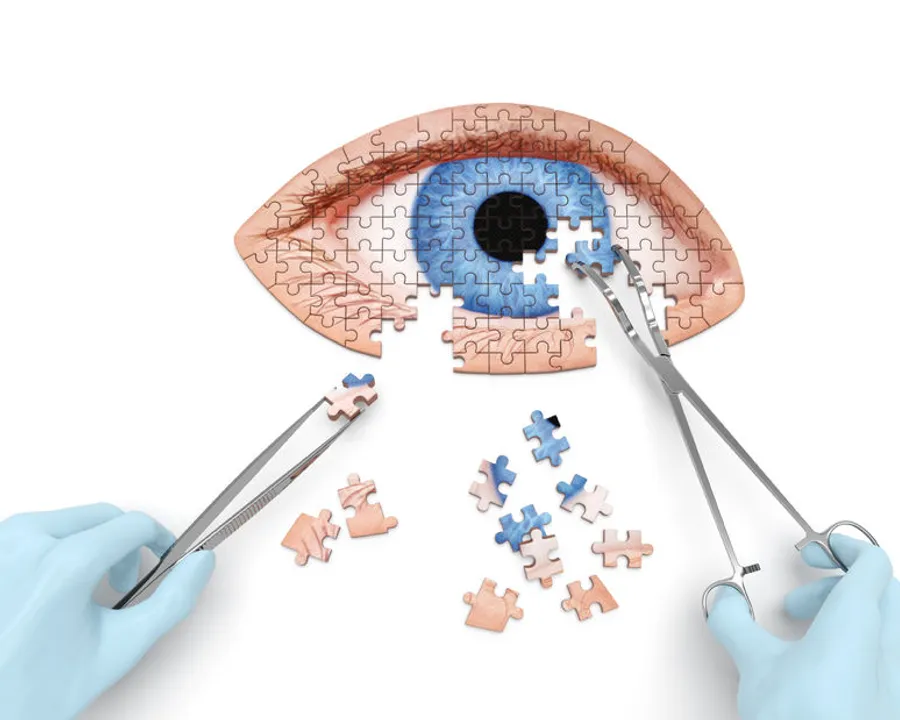How to Choose Between Physician Practice Models

Olena Kachmar/123RF.com
How do you want to practice?
There are many ways to practice medicine. The thing to remember is that what you may want now may not work later; alternately, a way you presently may hate may be a way you love later. Things change—inside of you and outside of you; some you can control, some you can’t; some that don’t matter now but will later, and some that matter now, but won’t later.
In deciding which way you might want to practice medicine, you have to make the best decision based on the information you have in the present, and have the foresight to know that the information will be different later on.
Ideally, money should not matter, because it is the path to prostitution. Ideals/schmideals!

Dragon MicroStock/123RF.com
You chose medicine for the intangibles—satisfaction, fulfilment, altruism, and service. But you want to make a living, too. You may not need to keep up with the Kardashians, but you want to provide for your family, even if you don’t have one when starting out. This not only means fair compensation for the huge investment of your time, hard work, and education, but also payback for the expenses you incurred (again, money). And you want all of this at the same time—you want payback along with fair compensation, not instead of.
Moral: money matters, and that’s not immoral.
The type of practice matters, too.
The list of practice choices has pros and cons, many of them obvious, but some lurking covertly between the lines. Any consideration of practice choices has to see the hidden beauty as well as take into account the hidden warts.
Types of practice.
A “complete” list will always be incomplete, as new ways to practice medicine are evolving all the time. Also, there are types of practice models of which the new physician may not even be aware.
The well-known, traditional, and trending styles of practice include:
- Solo practice/sole proprietorship—you’re the captain of the ship; you make the ship go.
- Employer partnership—you’re still the proprietor and the decision-maker, but you have a physician-employee to help share the workload.
- Partnership—you’re an equal partner with equal say, but that means you also have to share it equally right back with someone else.
- Group practice—you are part of a democracy or, at worst, an oligarchy, with a say in how the practice operates.
- Employed physician—you work for someone else. You can’t pontificate on what you think would be good for the practice, but you don’t have to worry about what is bad about it: someone else’s problem!
- Hospitalist—you have no central office, per se, but cover duties at the hospital, clocking in and clocking out. You have no established patient-base, but you have supper with your family every evening.
- Academics—you work clinics that are made easier by students and residents sharing the load and taking first call, but they are also made harder by the added time consumption of teaching. If you enjoy that sort of thing, it’s a win-win.
- Research—it is difficult to do research on what constitutes the “best practices” in medical care without the “laying on of hands” with patients. To do that you need a license. To get a license, you need an M.D., D.O., N.P., or other qualified professional provider designation. Hence, the need for this type of practice position.
Choosing the right path

Steven Heap/123RF.com
Each of the types of practice in the above list deserves its own exploration (in the articles that will follow). When it comes right down to it, however, you want your cake and eat it, too.
Now.
You want to make a good living and you want your payback for your investment of time and debt service while wanting fulfillment from practicing in a way that is caring, responsible, and noble. Of the practice styles above, the dividing line between money and fulfillment will vacillate wildly among the different choices, but there is always the bottom line—the sine qua non—and it is YOUR 800-lb. gorilla that needs feeding:
Good medical care within a good doctor-patient relationship.
There is no magic formula to see what’s best on the front end—sometimes you just have to dive in and try one way or another. There is, however, an excellent litmus test and it’s really quite simple—eye contact.
The windows to the soul.
The traditional proverb, “The eyes are the window to the soul,” is that litmus test.
When one considers the anatomy of the retina at the microscopic level, the eyes are part of the brain. The brain constructs in our minds the structure of the universe and the determination of what is really important in life.
In our mind’s “eye,” right?

sakramir/123RF.com
Eye contact symbolizes communication, comradery, and partnership between two people, between two sets of minds’ eyes. In medicine, this is called bedside manner; that is, the engagement of doctor-with-patient within the doctor-patient relationship. You can have all the book knowledge in the world, but if you cannot relate to your patient within the doctor-patient relationship, the most important parts of practicing medicine are wasted, along with all that book knowledge. You can have the most thorough, sophisticated, and expensive electronic health records (EHR) system, but if you’re inputting data instead of engaging with your patient, the system will fail.
When considering which way you want to practice, you will make the best decision based upon which style offers you and your prospective patients the best doctor-patient relationship. If you cannot look your patient in the eye—that is, figuratively engage the communication, comradery, and partnership—you will not get the fulfillment you seek, no matter how much money you make. You will fail.
The doctor-patient relationship is a two-way street with heavy traffic. You need to look both ways before crossing it.
The eyes are a replaceable metaphor. Any sense will do (except the “sixth sense,” of course, where you just see dead people). The simple eye-contact test—or any similar test that gains you your best engagement—will determine which practice type you will be happiest in. After all is considered or every sense organ (including the biggest one—the mind) is appreciated within the context of the doctor-patient relationship, you will want the type of practice that values engagement above all else. (Although more money doesn’t hurt, either).
Related Posts
